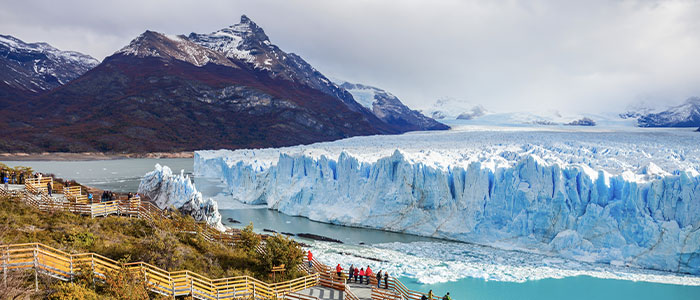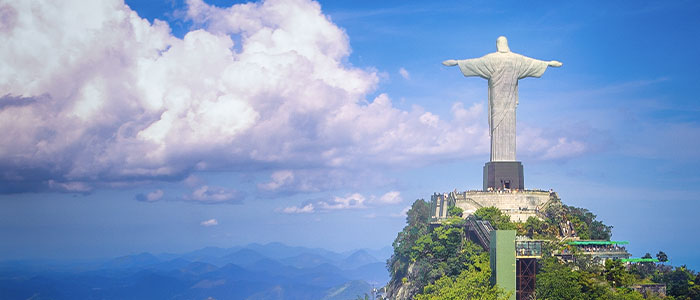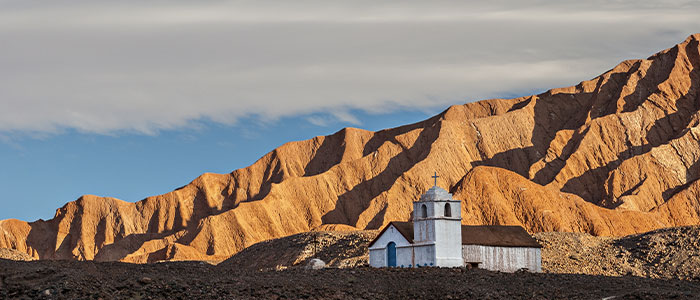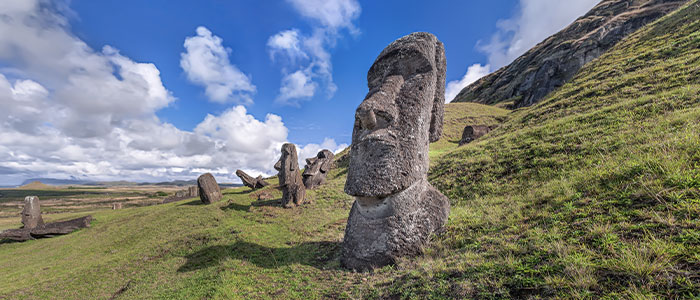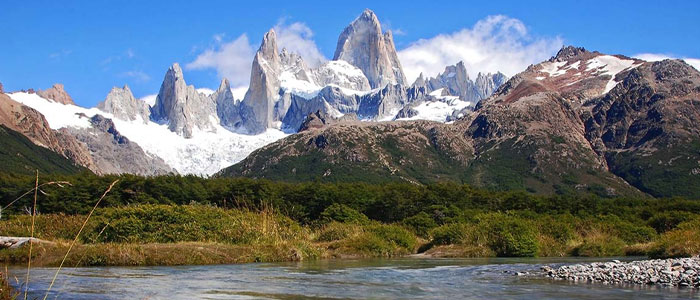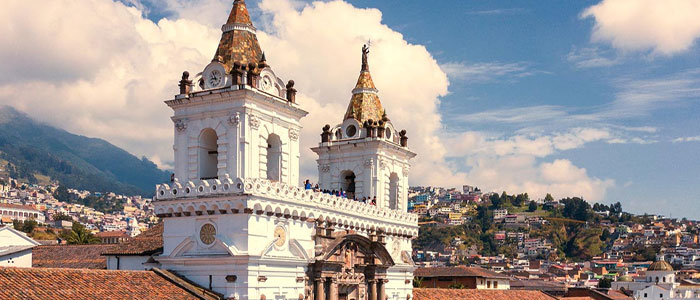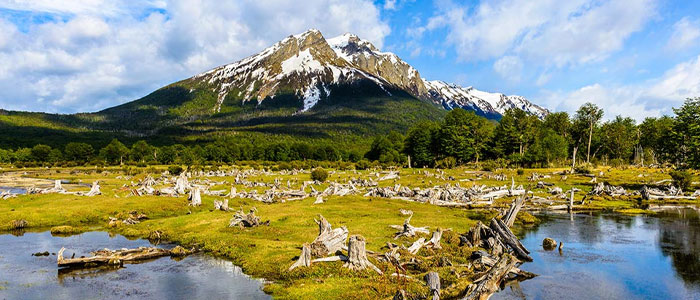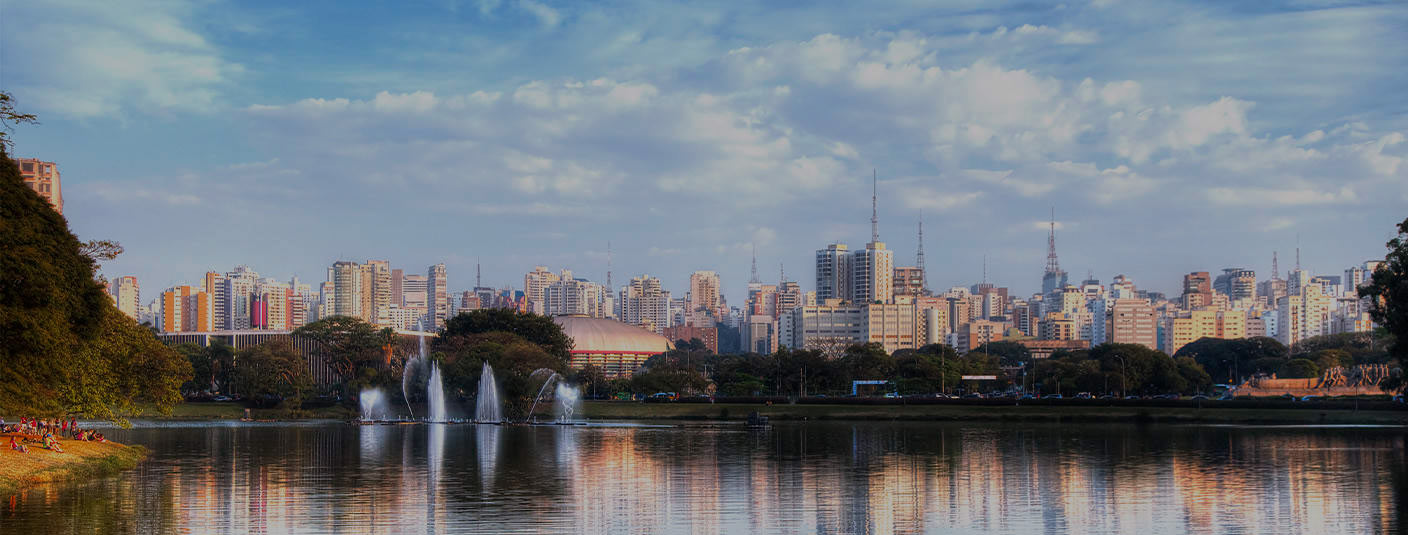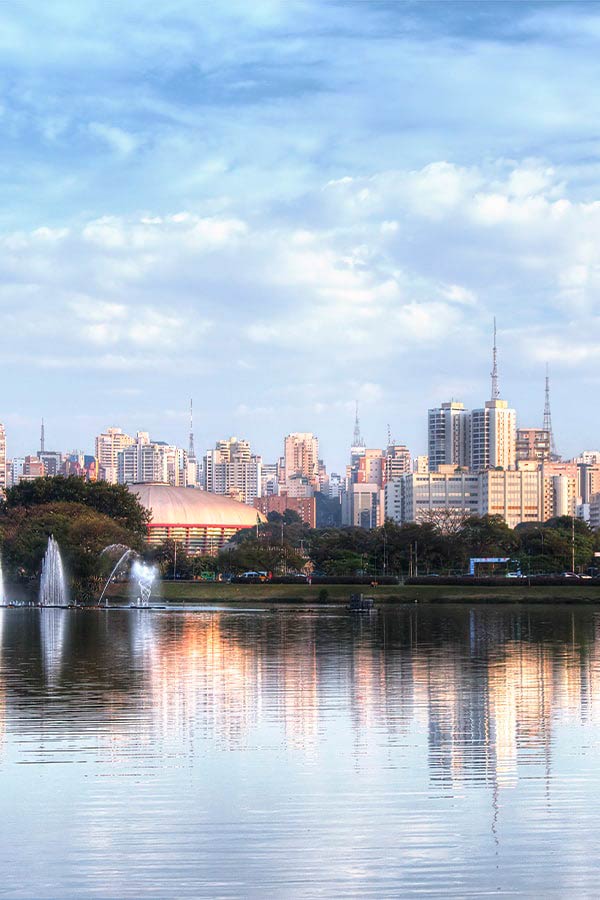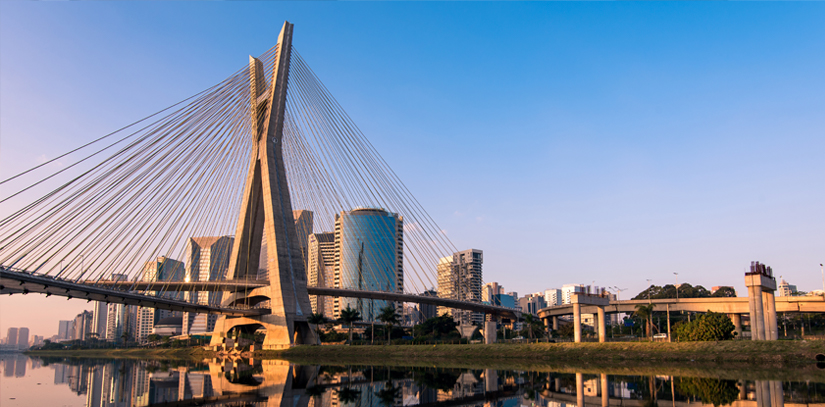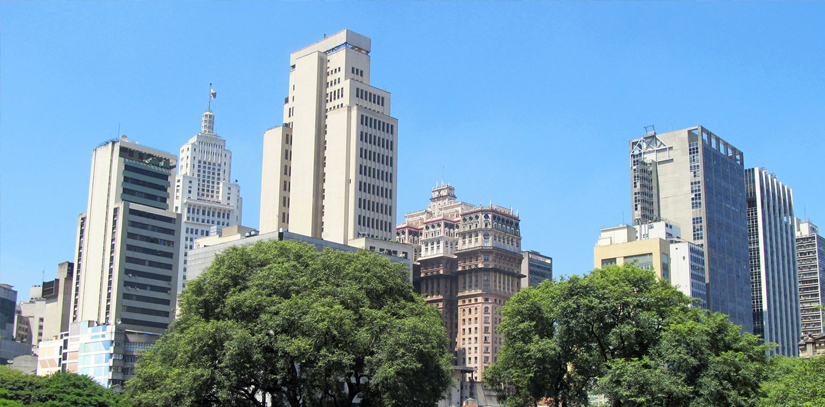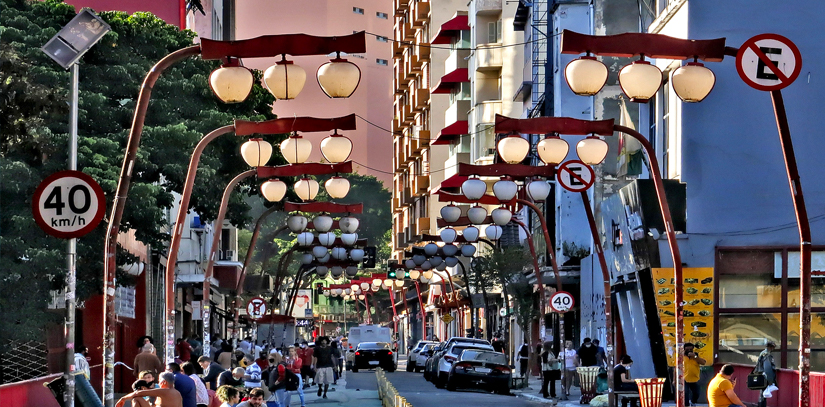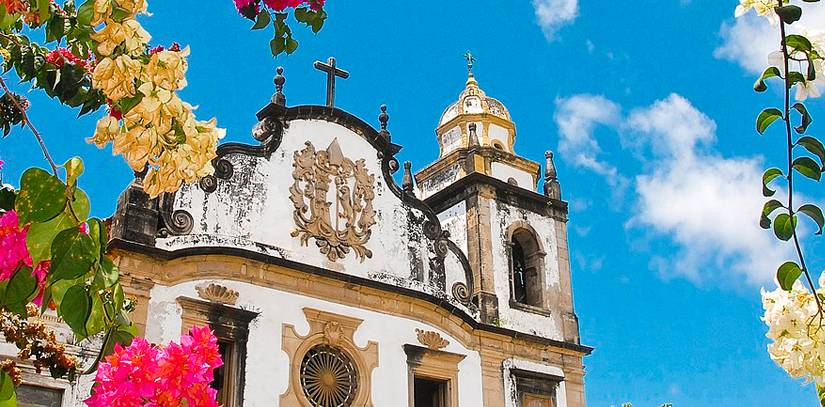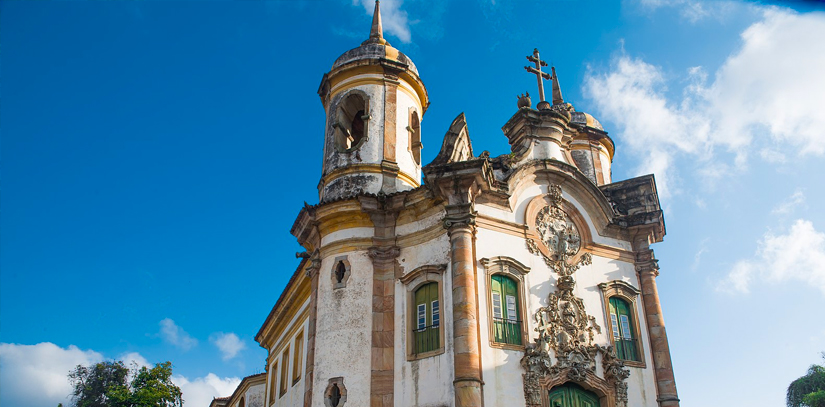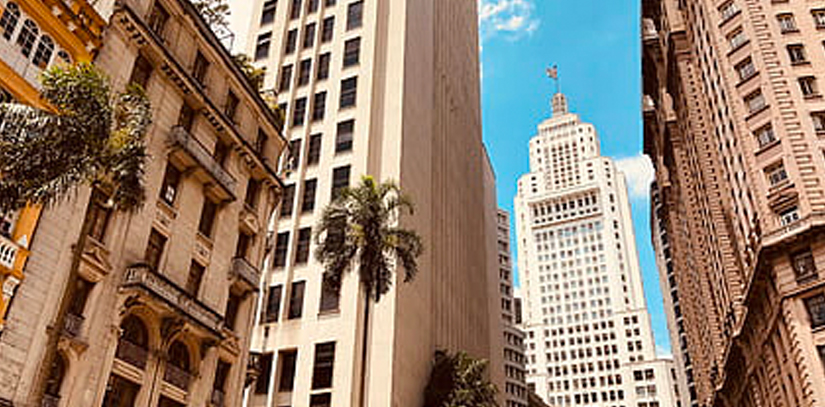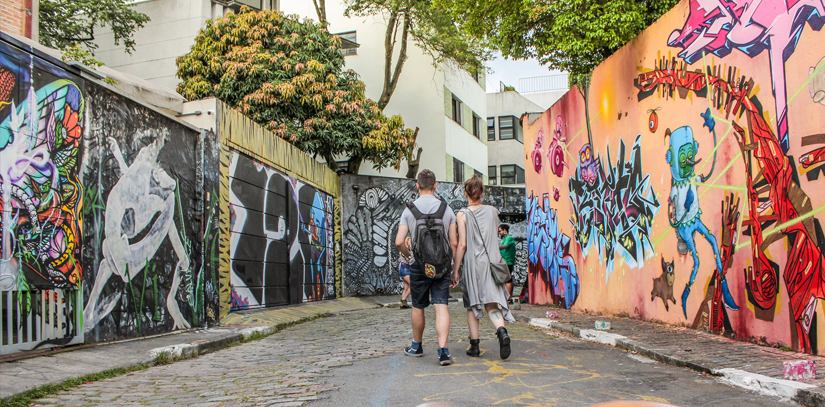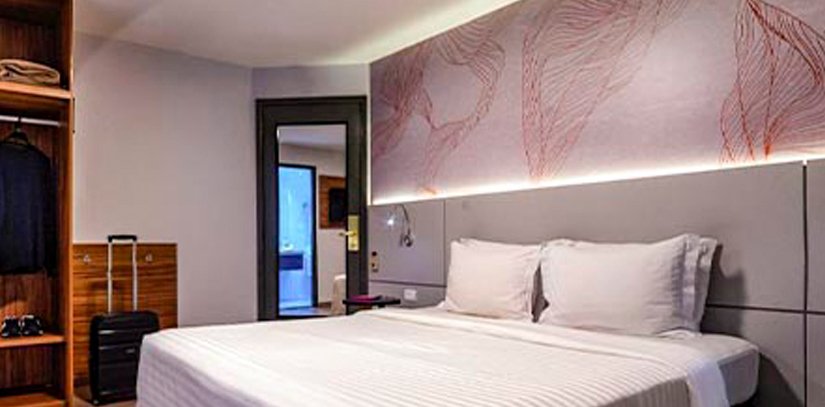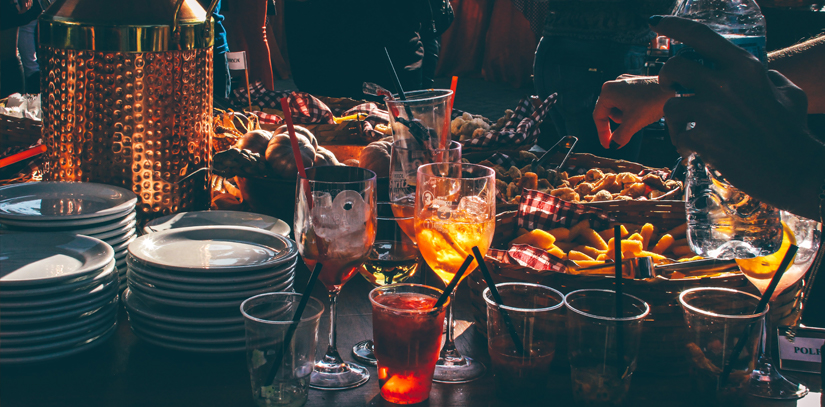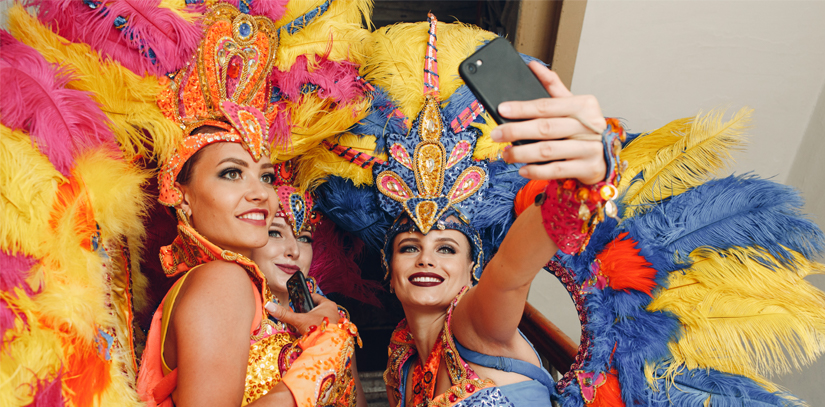Brazilians say that eating is the reason for which Paulistas live and work, in probable reference to the delicious cuisine in the city which rivals any capital in the world. The immigrant influences have fuelled a fusion culture, with Japanese, Arabic (particularly Lebanese), and Italian cuisine all adding to traditional and regional Brazilian fare.
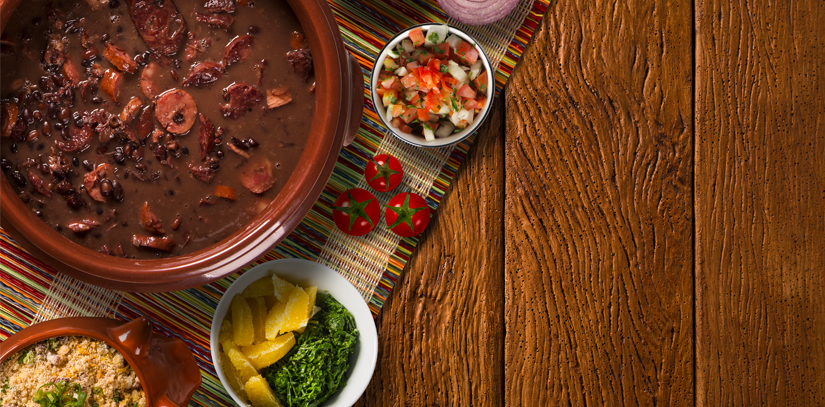
Sao Paulo Restaurants
Antiquarius, Alameda Lorena 1884 – $35-$60 – Tel: +55 (11) 3064 8686
Antiquarias is often rated as the best restaurant in town with elegant artistic and antiquarian decor making a refined setting for sumptuous Portuguese cuisine. Some dishes served here, such as the cataplana (rich seafood and pork stew), are difficult to find outside of Portugal, yet here the care and expertise that goes into the preparation would rival the best restaurants in the parent country. There are even traditional dishes, such as bacalhau (cod), that were relished in Portugal long before Brazil became a part of its empire. This is a well-known haunt for business lunches though the mix of customers is more varied in the evening.
Brasil a Gosto, Rua Prof. Azevedo de Amaral 70 – Tel: +55 (11) 3086 3565
This wonderful restaurant is inspired by the various flavors and recipes that Brazil has to offer – “the exuberance of its meat and fish, the sweetness of its desserts, the acidity of its passion fruit and star fruit, the softness of manioc and bananas, and the zest of its peppers and ginger” can all be found in generous supply here. The colorful and natural wooden tones make a most relaxing atmosphere to enjoy this exploration of Brazil and the vibrant color and history of its cuisine.
http://www.brasilagosto.com.br
Figueira Rubaiyat, Rua Haddock Lobo 1738 – $20-$40 – Tel: +55 (11) 3087 1399
This fabulous old restaurant is built around the branches of a fig tree giving a magical touch to any meal here. No less magical is the succulent flavor of the meat served, particularly the beef which is considered the specialty and is raised in the owner’s own personal ranch. The subtle balance of colors and flavors is excellently achieved to create a masterpiece for every meal, finished off by good service in a unique atmosphere.
http://www.rubaiyat.com.br
Mestiço, Rua Fernando de Albuquerque 277 – $10-$20 – Tel: +55 (11) 3256 3165
The 2 chefs in this restaurant blend their culinary traditions from Bahia and Thailand to bring visitors something truly special. The menu offers a range of foods with different influences giving the dishes a variety of different flavors—rich and flavorsome Bahian black beans alongside combinations of Thai spices. All of this is packed into a natural wooden interior with exotic and tropical décor such as tribal masks. Great value for money and excellent service—no wonder it is always filled with people.
http://www.mestico.com.br
Due Cuochi Cucina – $15-$20
Rua Manuel Guedes, 93 – Tel: +55 (11) 3078 8092
3 Piso, Avenida Magalhães de Castro 12.000 – Tel: +55 (11) 3758 2731
Paulistanos are always most enthusiastic about the quality of Italian food to be found at the bistro Due Cuochi Cucina, and they’re not wrong! This is world-class Italian food and those who are skeptical just have to take one bite of the creamy risotto and crunchy vegetables, a sip of fine Italian wine, or a spoonful of soft tiramisu to be utterly convinced of its authenticity. The ingredients are inspired and the prices are very reasonable compared to other Italian options. Reservations should be made as this restaurant is very popular, especially on weekends.
http://www.duecuochi.com.br
La Tambouille, Avenida 9 de Julho 5925, Jardim Europa – Tel: +55 (11) 3079-6277 / 3079-6276
Chef Giancarlo Bolla blends Italian and French cuisine to excellent effect to produce some of the most delicious and high-class food in town. Seafood selections are on the regularly changing menu options amongst which are some simply stupendous mussels with linguini – not to be missed. Along with seafood there are very good meat options such as fillet of lamb in wine sauce with potato au gratin. The wine list, as the food, is also exquisite, with Argentinean Malbec a top pick.
Nagayama, Rua Bandeira Paulista, 369 – Tel: +55 (11) 3079 7553
Perhaps the best Japanese food in town, Nagayama never fails to give guests a taste of the Japanese culture that flows through the city. Sushi and sashimi are the excellent specialties here and they can be enjoyed in a casual and friendly atmosphere. There are a number of experimental dishes also on offer with the chefs mixing Japanese ideas with other influences from around the city.
http://www.nagayama.com.br


